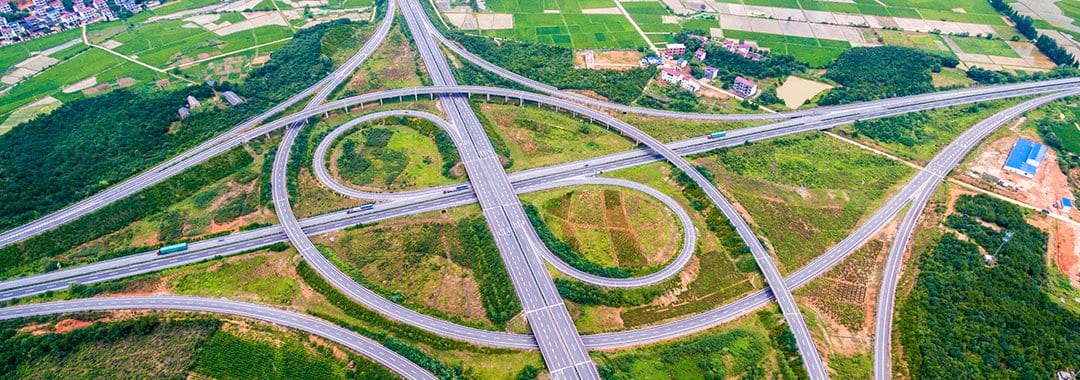5 Tips to “Green” Your Supply Chain

Are customers asking you to reduce the carbon footprint of your entire supply chain, not just your manufacturing and production processes? There are ways to reduce your supply chain’s carbon footprint that not only make your customers happy, but also have a positive impact on the environment too.
Here are five ways to “green” your supply chain:
1. Measure Your Transportation Carbon Footprint
There are many ways to transport your goods: ocean, truck, rail or air. When possible, the greenest way to ship is via ocean freight, which has the lowest carbon-emission of any mode. In fact, it’s so low, the World Shipping Council found that a shipment of cargo from Australia to Long Beach (approximately 8,000 miles) produces less carbon emissions than trucking the same goods from Long Beach to Dallas (approx. 1,500 miles).
If you want to further reduce your carbon footprint via ocean freight, consider an All Water Service (AWS) when appropriate. This service maximizes the ocean time for your shipment; for example, a shipment coming from Hong Kong would go through the Panama Canal to reach the U.S. East Coast. Another benefit is lowering your shipment cost compared to discharging at a U.S. West Coast port and using truck/rail to deliver on the East Coast.
There is a trade-off for using this eco-friendly option: Time. If your goods went from Hong Kong to Long Beach before being transported via truck or rail to the East Coast, it’s much faster. However, your carbon footprint is far higher versus an All Water Service (AWS).
By calculating your carbon emissions, you can determine where you are producing the most emissions and then consider ways to reduce them. To do so, use the Green Freight Handbook, which has simple formulas to calculate your carbon footprint.
2. Ship FCL When Possible
There are various reasons to ship full container loads (FCL) over less than container loads (LCL): it’s faster, your goods are less likely to be damaged and it’s cost-efficient. It’s also eco-friendly, one large load will create less emissions than several small ones.
If you are an importer with multiple suppliers that ship LCL, consider Buyers Consolidations. The right international freight forwarders can build a FCL by gathering together your various shipments from two or more nearby suppliers.
3. Avoid Air Freight If Possible
Out of all transportation mode, air freight has the highest carbon emissions, nearly 40 to 50 times higher than ocean transportation. While air freight can sometimes be the best option to ship your goods, the impact on the environment is significant. If you are committing to a greener supply chain, avoid air freight as much as possible or consider carbon offsets to balance it out.
4. Review Your Packaging Options
Below are two ways to modify your packaging to help reduce your carbon footprint.
- Reduce the weight and size of your cargo when possible. For example, if you import soccer balls, deflate them for shipping to save container space. Also, avoid unnecessary packaging design that adds bulk or wastes stowage space.
- Look for packaging materials that have a low carbon footprint, such as biodegradable or recyclable materials. These materials reduce the impact on the environment overall, not just through carbon emissions.
5. Carbon Offsets
It’s impossible to produce with zero carbon emissions, but what you can’t reduce yourself, you can offset. You can buy a carbon offset to help fund programs that are working to reduce greenhouse gases. It’s not only a way to green your supply chain management, but is a great way to support advancements in green technology.
Currently, the United States doesn’t require companies to purchase carbon offsets. However, many companies are doing so voluntarily, and there are a variety of programs that can help. Do your research before choosing a carbon offset program and search for programs that are certified by reputable environmental organizations or nonprofits. Some carbon offset programs are tax-deductible too.
Various industries are looking for ways to reduce their impact on the environment, a trend that will only continue to grow as it becomes more cost-effective.
Get customized tips and help to green your supply chain by scheduling a personalized consultation with the shipping and supply chain experts at Dedola.

Contact Us

